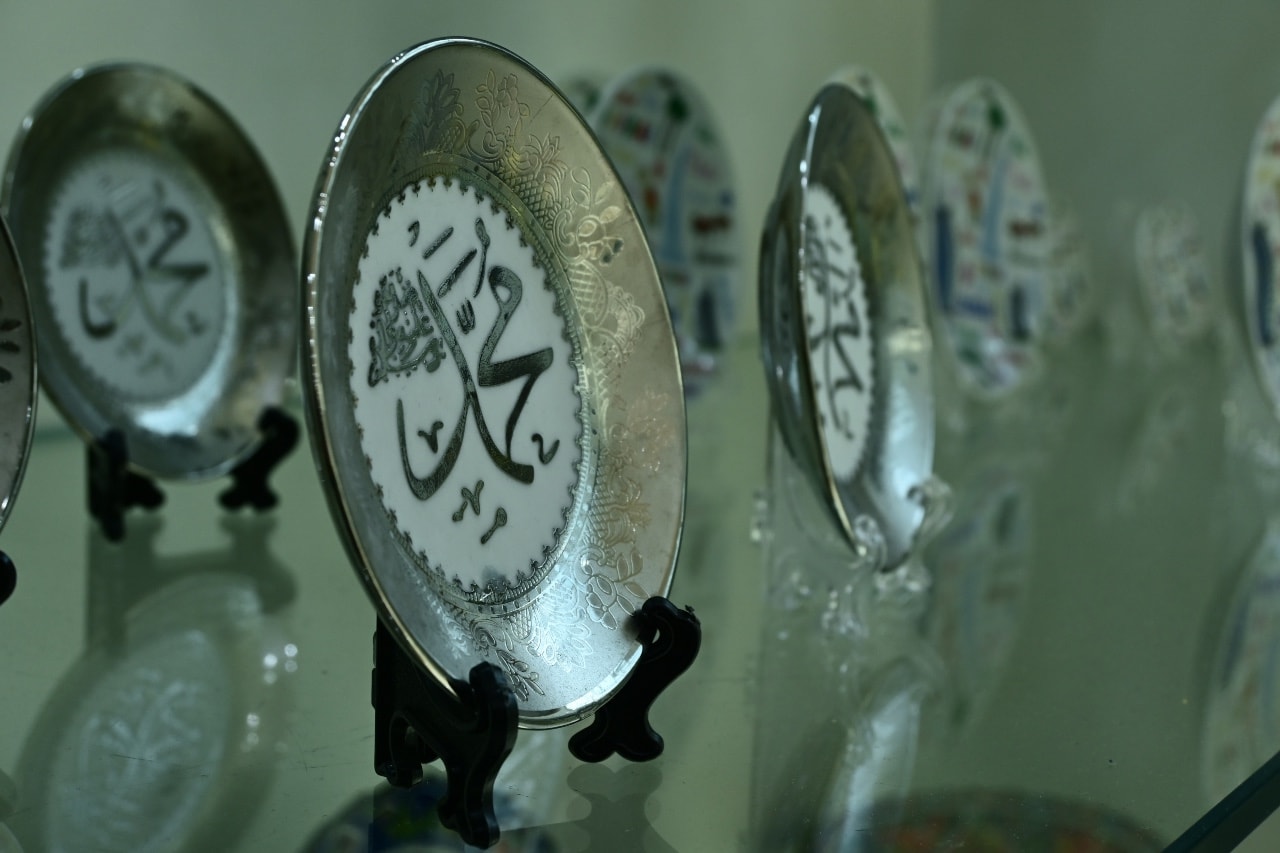Does Drawing the Prophet Muhammad or Any Other Prophet Entail Disbelief?
Shafi'i Fiqh
Answered by Shaykh Jamir Meah
Question: Assalamu alaykum
Does drawing a Prophet entail disbelief?
Would the rule change if the artist was to draw the Prophet in a historically accurate and dignified way?
Answer: Assalam ‘alaykum. Jazakum Allah khayr for your question.
Sunni scholars across the board unanimously agree that drawing any of the Prophets (peace and blessings be upon them all), or depicting them on screen, is prohibited, even if one’s intention is honourable.
However, it is not disbelief to draw the Prophets unless one intends by it to debase or ridicule them.
The Impermissibility of drawing the Prophets
Setting aside the legal ruling for drawing animate beings, scholars have always held the depiction of the Prophets in any art form as being impermissible. The Prophets were the most perfect and noble beings to have been created, whom, second to God, the utmost veneration is to be observed at all times.
For this reason, any depiction of them is necessarily a degradation of their noble rank and a violation of their sanctity. Even if one did their best to be historically accurate and respectful, it will always fall short of the reverence and honour due to them. The Prophet Muhammad ﷺ being particular the case.
Furthermore, and like all historical events, any form of historically based depictions would be subject to difference of opinion. What may seem historically accurate to one person may be historically inaccurate to another person. A drawing that seems befitting to one person may seem unbefitting to another. What may seem beautiful and flattering to one person may seem grotesque and offensive to another, and so on.
We should also add that Muslim scholars hold that it is impermissible to draw or portray any of the Angels as well as any of the noble Companions and wives of the Prophet ﷺ, to whom deference and honour should also always be shown, and any form of disparagement, even if unintentional, should be avoided.
Disbelief
As mentioned, while it is prohibited to draw the Prophets, it does not entail disbelief. If, however, the person meant by the depiction to humiliate any of the aforementioned figures, or drew them in a crude and debased manner, degraded situations and positions, then this would entail disbelief. [Fathul Mu’in]
In general, one must be very careful when approaching these subjects, and one should avoid it all together, as at the very least it is prohibited.
In the same way film adaptions have to be modified and usually fall short of their literary origin, any depiction of the Prophets will disappoint. I would suggest that one limits themselves to the written description and other writings on the description of the beloved Prophet ﷺ, such as the Shama’il of Imam al Tirmidhi, and al Shifa of Qadi Iyad. The imagination and ability of the human mind is our best resource, and through the written word, one’s love for him ﷺ will increase without having to rely on external images.
Send blessings upon him ﷺ regularly, and insha’Allah you will be rewarded for your noble aims in more ways than you can imagine.
Warmest salams,
[Shaykh] Jamir Meah
Shaykh Jamir Meah grew up in Hampstead, London. In 2007, he traveled to Tarim, Yemen, where he spent nine years studying the Islamic sciences on a one-to-one basis under the foremost scholars of the Ribaat, Tarim, with a main specialization and focus on Shafi’i fiqh. In early 2016, he moved to Amman, Jordan, where he continues advanced studies in a range of Islamic sciences, as well as teaching. Jamir is a qualified homeopath.
